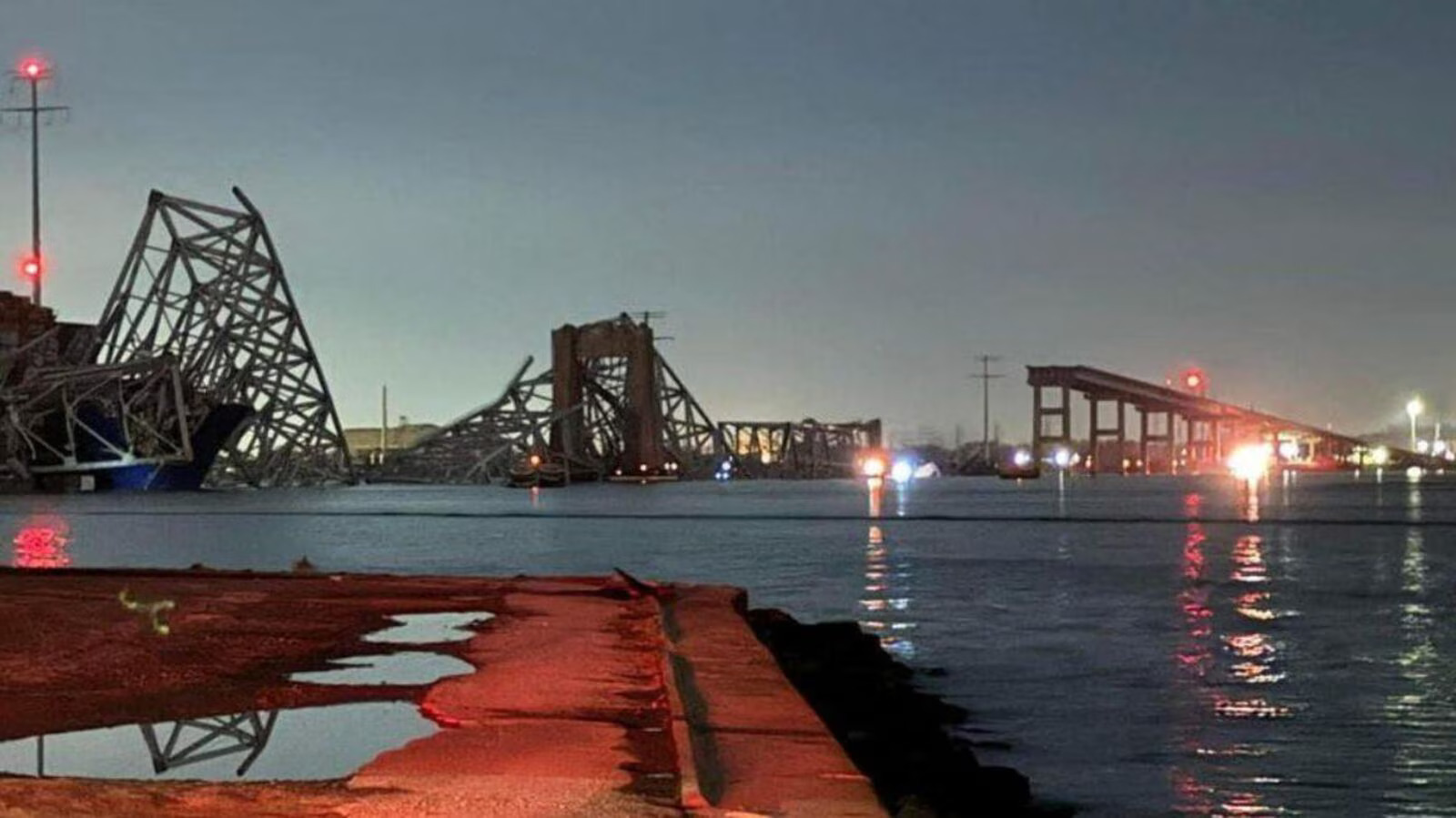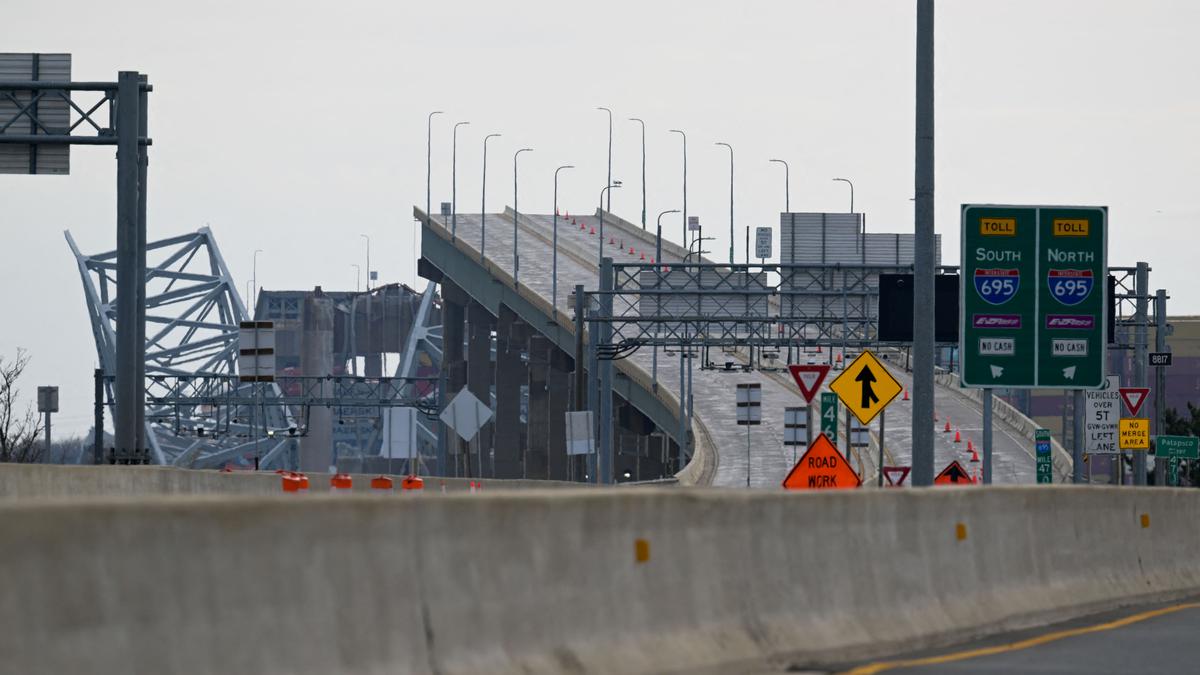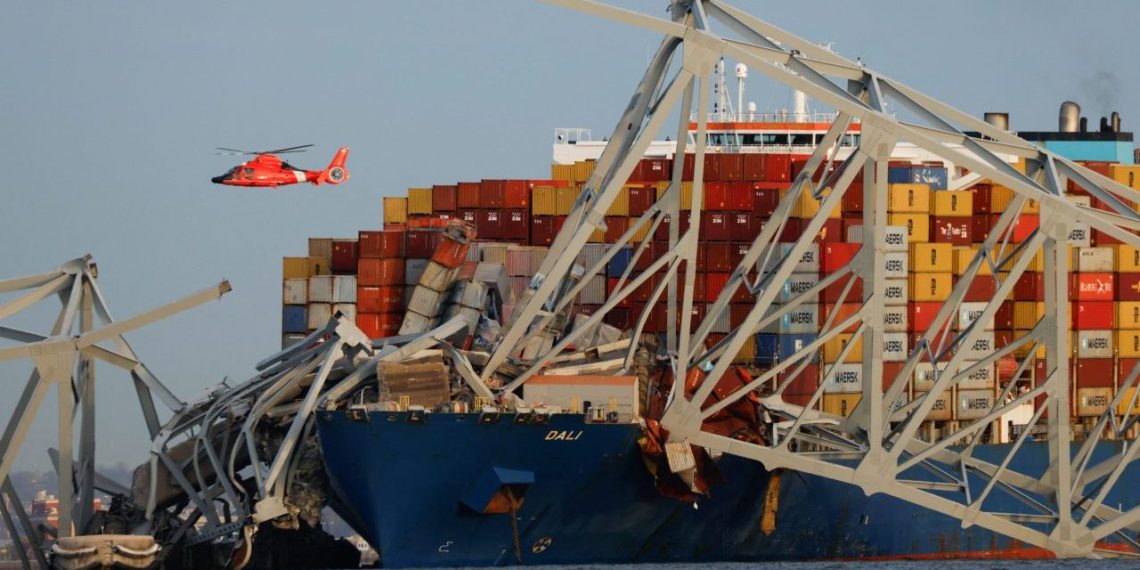Baltimore faced a traffic nightmare as the Francis Scott Key Bridge collapsed, diverting vehicles to congested harbor crossings.
The bridge, a vital link for travelers between major eastern U.S. cities, was severely damaged when a container ship collided with it, limiting passage options.
With only two alternate routes through tunnels near downtown Baltimore, roads became choked with diverted traffic, exacerbating existing congestion. Approximately 35,000 vehicles traversed the Key Bridge daily, compounding the traffic chaos.

Residents like Dex Dunbar experienced significant delays, turning a usual 10-minute drive into an hour-long ordeal. The bridge’s collapse not only disrupted daily commutes but also threatened to prolong traffic woes for months or even years.
Authorities scrambled to manage the crisis, reassigning police officers to direct traffic and deploying resources to assist in rescue efforts.
However, the loss of the bridge posed challenges beyond traffic congestion, impacting activities like the Baltimore Orioles’ scheduled open workout.
Trucks carrying hazardous materials or exceeding certain dimensions faced detours, further complicating transportation logistics.
The Maryland Department of Transportation pledged additional resources to alleviate congestion, but the immediate future remained uncertain.
Frustrated commuters voiced concerns on social media about the deteriorating traffic situation, fearing prolonged disruptions.

The collapse of the Francis Scott Key Bridge reverberated throughout Baltimore, underscoring the critical role of infrastructure in daily life. As the city grappled with the aftermath, residents and authorities confronted the daunting task of restoring normalcy to transportation networks.
The incident served as a stark reminder of the vulnerability of vital infrastructure and the need for robust contingency plans to mitigate the impact of such disasters.
Baltimore residents and officials rallied to manage the crisis and face the challenges posed by the bridge collapse.
While the immediate focus was on addressing traffic congestion and ensuring public safety, the incident prompted broader discussions about infrastructure resilience and preparedness for future emergencies.





